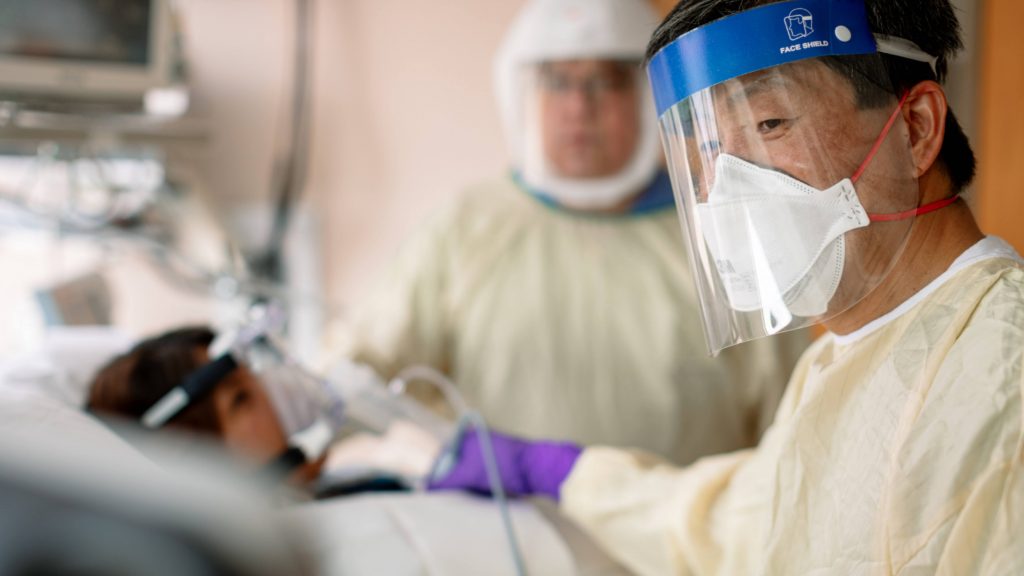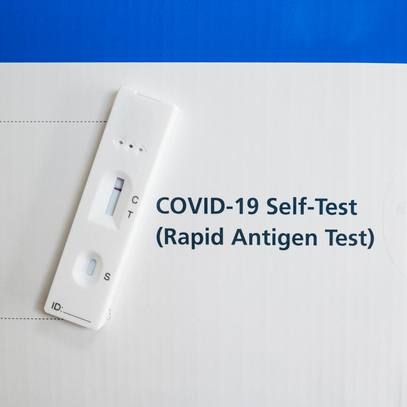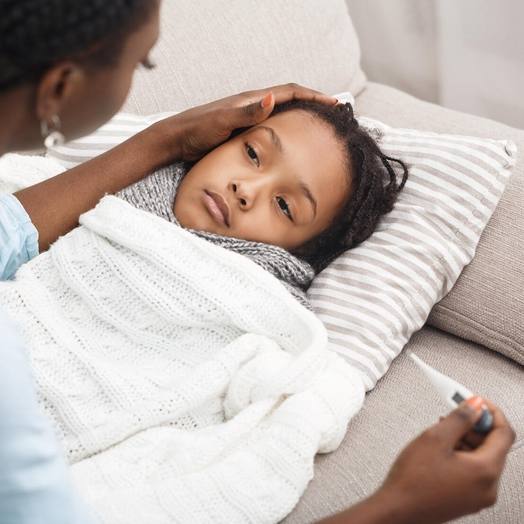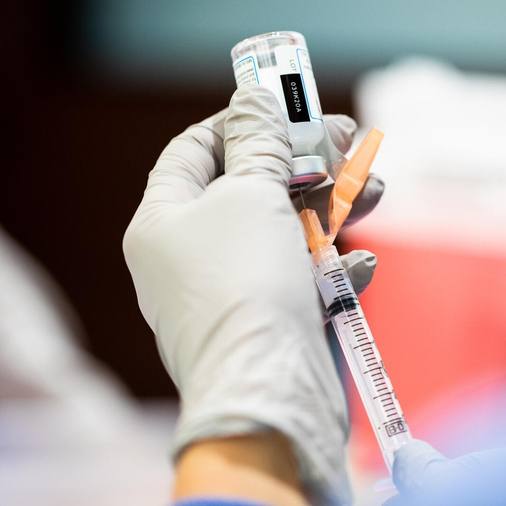-
COVID-19: Hope for the future as world passes deadly milestone

A grim tally was revealed this week, as the global death toll from COVID-19 surpassed 6 million, according to data from Johns Hopkins University. And nearly 1 million of those deaths have occurred in the U.S., according to the Centers for Disease Control and Prevention.
This comes as rates of infection, hospitalization and deaths continue to drop, raising the question of whether the pandemic is ending. John O'Horo, M.D., a Mayo Clinic infectious disease specialist, says that while stats are headed in the right direction, it's too early to call the pandemic over.
Watch: Dr. John O'Horo discusses the future.
Journalists: Broadcast-quality video is available in the downloads at the end of the post. Please courtesy: Mayo Clinic News Network Name super/CG: John O'Horo, M.D./Infectious Diseases/Mayo Clinic.
"A lot of the discussion right now centers on are we heading toward this being an endemic disease that's always present in the background? And in all likelihood, that's where we are heading. Determining where we cross into that threshold is a question that epidemiologists and others will have to answer in coming weeks."
So what would moving to a stage where COVID-19 is endemic mean? Dr. O'Horo says that when COVID-19 becomes endemic, it will be present at a certain level in a population at certain times of the year or year-round.
"You expect a certain level of background activity. One of the best examples I can give of an endemic that we're really familiar with, is look at our seasonal flu activity, where, as the activity increases during the winter, there's a certain expected level of increase that we see, that we accept as just part of normal variation."
And because of that, Dr. O'Horo says that vaccinations will continue to play a vital role in keeping severity down. That may mean a recommended seasonal shot, just like for flu.
For the safety of its patients, staff and visitors, Mayo Clinic has strict masking policies in place. Anyone shown without a mask was either recorded prior to COVID-19 or recorded in a nonpatient care area where social distancing and other safety protocols were followed.
Information in this post was accurate at the time of its posting. Due to the fluid nature of the COVID-19 pandemic, scientific understanding, along with guidelines and recommendations, may have changed since the original publication date.
For more information and all your COVID-19 coverage, go to the Mayo Clinic News Network and mayoclinic.org.







